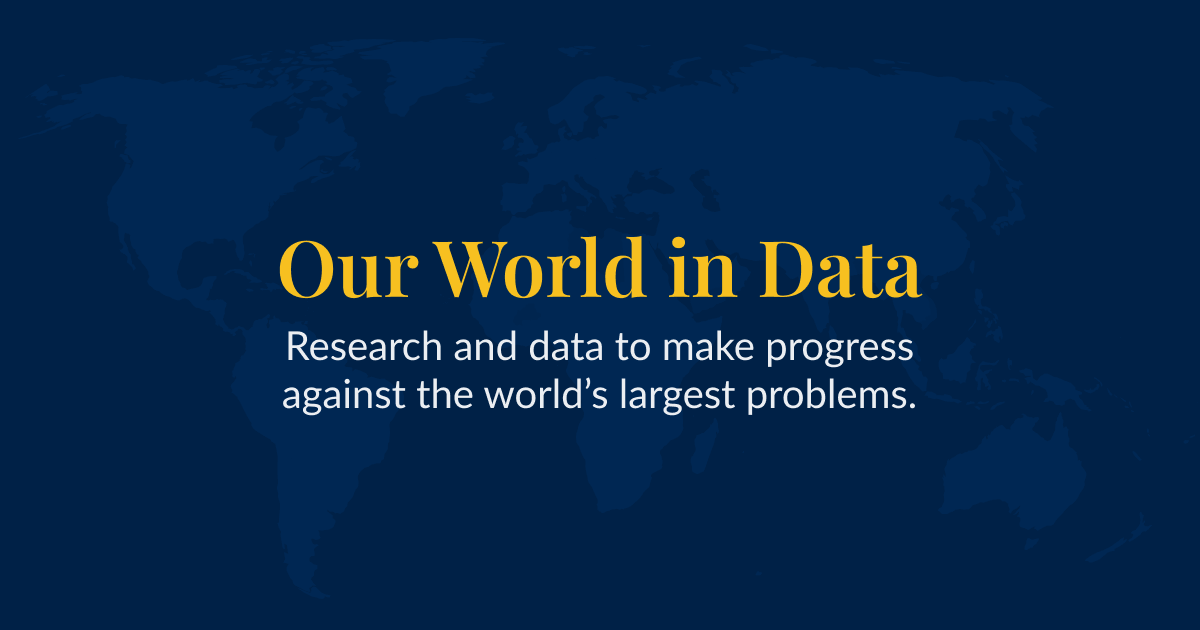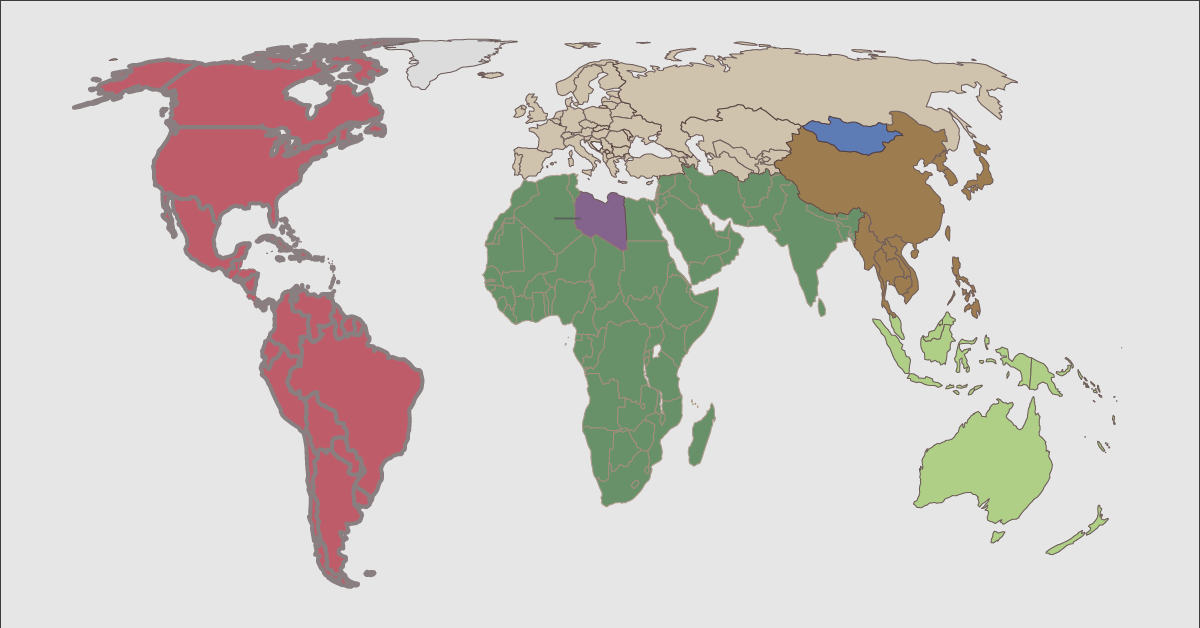Hannah Ritchie - Our World in Data
Hannah joined us in 2017. She became Deputy Editor and Science Outreach Lead at Our World in Data in 2023. She was previously Head of Research.She focuses on the long-term changes in the environment – energy, pollution, agriculture, food supply – and their compatibility with global development. Hannah completed her Ph.D. in GeoSciences at the University of Edinburgh.She is a researcher at the Oxford Martin Programme in Global Development, and an honorary fellow at the University of Edinbu...| Our World in Data


